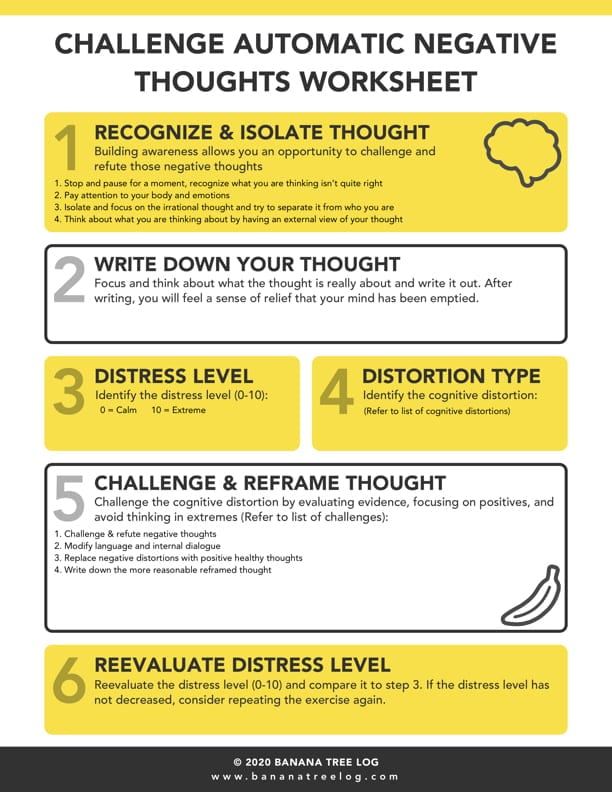| TOPIC | YOUR NOTES |
| 1. Who is the protagonist? | Shockingly, The original Terminator turned into the protagonist as well as John and Sarah Connor. |
| 2. Who is the antagonist? | The antagonist is the next gen Terminator. |
| 3. What is the conflict? | The conflict is that The terminator has to protect John, a future war hero. A next gen terminator comes back in time to come terminate John before he can become the war hero in the future. |
| 4. What is the theme or central, unifying concept? (summarize in one or two words) | People who are bad can become good. |
| 5. How is the story told (linear, non-linear, with flashbacks, flash-forwards, at regular intervals) | It’s kind of weird. Its a linear style with a lot of future references. |
| 6. What “happens” in the plot (Brief description)? | John Connor, a kid, is destined to become a war hero after a nuclear explosion basically demolishes everything. A terminator comes back in time to protect him from the next-generation version of a terminator who comes to destroy him. A terminator has one mission that they are programmed to do. One’s is to protect John, the other is to destroy him. |
7. How does the film influence particular reactions on the part of viewers (sound, editing,
characterization, camera movement, etc.)? Why does the film encourage such
reactions? | The film gets you so involved because of the characterization and truly every aspect of the film. You see massive character growth during the film and it gets you super emotionally connected to each character. The effects are absolutely extraordinary for the time that it was filmed and it overall gets you super invested. |
| 8. Is the setting realistic or stylized? What atmosphere does the setting suggest? Do particular objects or settings serve symbolic functions? | It’s realistic, based on the early ’90s in L.A., however, there are aspects that are non-realistic. Flashforwards to postapocalyptic Los Angeles and robotic people coming back makes it a mix of the two. |
| 9. How are the characters costumed and made-up? What does their clothing or makeup reveal about their social standing, ethnicity, nationality, gender, or age? How do costume and makeup convey character? | Two of the main characters, Sarah and Terminator are dressed up kind of in a post-apocalyptic style. John is dressed like your average 90’s rebellious kid. The costuming helps reflect when the film was made and how the future of the characters will turn out. |
| 10. How does the lighting design shape our perception of character, space, or mood? | The lighting changes a lot throughout the film. Scenes in the hospital, outdoors, and houses all change the moods. Outdoors during the night is very dark and mysterious, inside the hospital is eerie and kind of suspicious. |
| 11. How do camera angles and camera movements shape our view of characters or spaces? What do you see cinematically? | The camera angles change our perception of the film from action shots, to just still shots. It makes the emotion of the scene really visible and overall reflects it well. |
| 12. What is the music’s purpose in the film? How does it direct our attention within the image? How does it shape our interpretation of the image? What stands out about the music? | The music reflects the time of the film as well as the mood of the moment. The action shots are accompanied by background music to elevate the rush of adrenaline that the scene is trying to show. |
| 13. How might industrial, social, and economic factors have influenced the film? Describe how this film influences or connects to a culture? | The technological/industrial factors made a HUGE impact on the film, primarily with the Terminator. The film uses the growth of the potential future of technology and shows how there can be a negative side to what we may initially think as a positive discovery. |
| 14. Give an example of what a film critic had to say about this film. Use credible sources and cite sources.Example: “The Shawshank Redemption Movie Review (1994) | Roger Ebert.” All Content. N.p., n.d. Web. 24 June 2015. | “Terminator 2” has one, along with an intriguing hero and fierce heroine, and a young boy who is played by Furlong with guts and energy. The movie responds to criticisms of excessive movie violence by tempering the Terminator’s blood lust, but nobody, I think, will complain that it doesn’t have enough action.”
“Terminator 2: Judgement Day Review (1991) | Roger Ebert.” All Content. N.p., n.d. Web. |
| 15. Select one scene no longer than 5 minutes that represents well the whole film and shows relevant cinematic elements. Write a one-sentence description of the scene and record the time of the scene.Example: from 1:05:00 to 1:10:00.Explain why you chose this scene. | Before I wrote this, my Amazon rental ran out so I don’t have the time stamp but it is one of the last scenes in the last 25 minutes. It is a big fight scene where the effects are extraordinary as well as phenomenal screenwriting and character growth. |
| 16. In the selected scene: write a sentence for each of the elements below to justify why this scene best represents the film: | |
| a. Screenwriting: | Phenomenal, the characters you have grown connected to in the first film as well as seen character growth in come together to fight the bad guy. It made me cry a lot in this scene. |
| b. Sound Design: | Great fight sound effects and sounds of a factory. |
| c. Camera Movements/Angles: | Classic action shots, movement and dramatic shots. |
| d. Light Setup: | There’s a big element of the light (orangeish) coming from melted steel in the factory. |
| e. Soundtrack/Score: | I honestly don’t recall much of a soundtrack during this scene, so either there wasn’t any of I may have missed it. |
| 18. What’s the socio-cultural context of this film? | I don’t think that there is much of a socio-cultural context as ut doesn’t necessarily carry a strong message other than whats bad can become good. |




